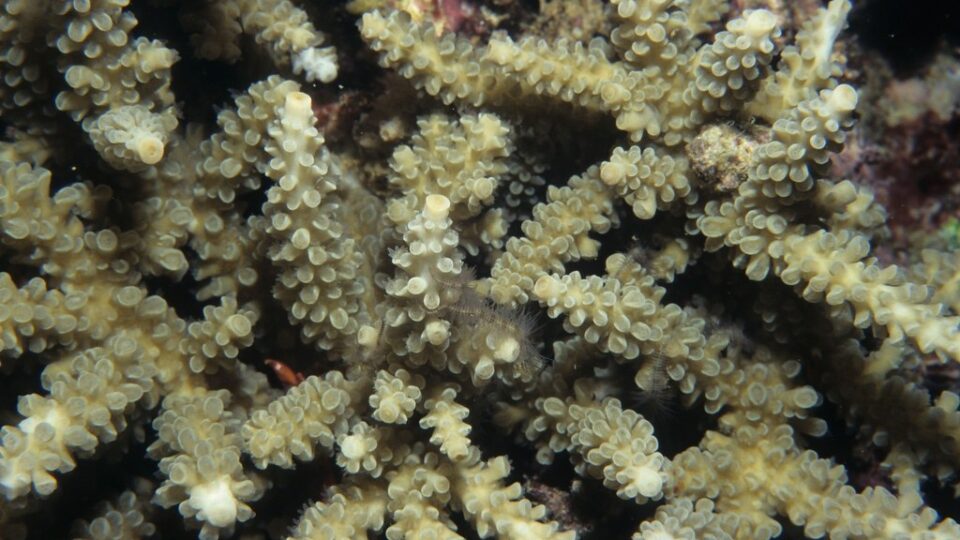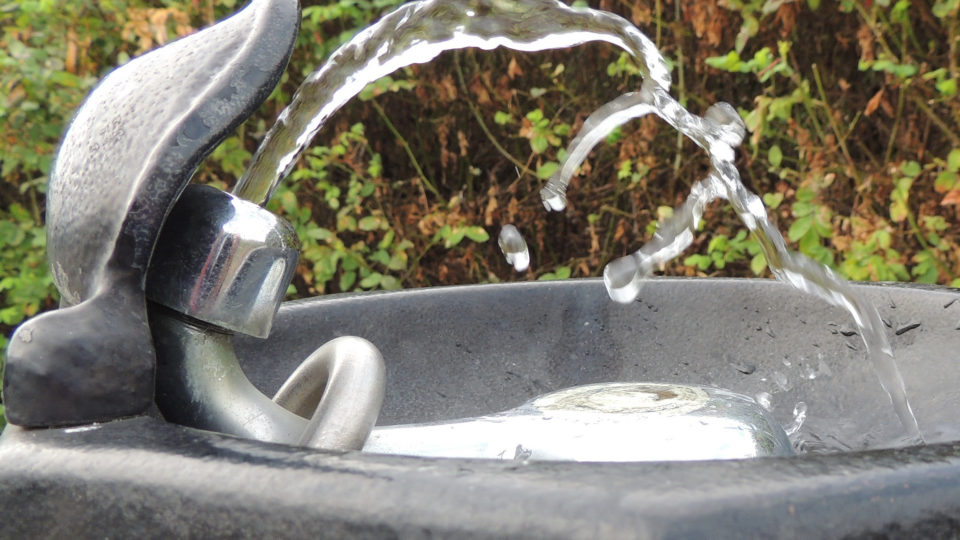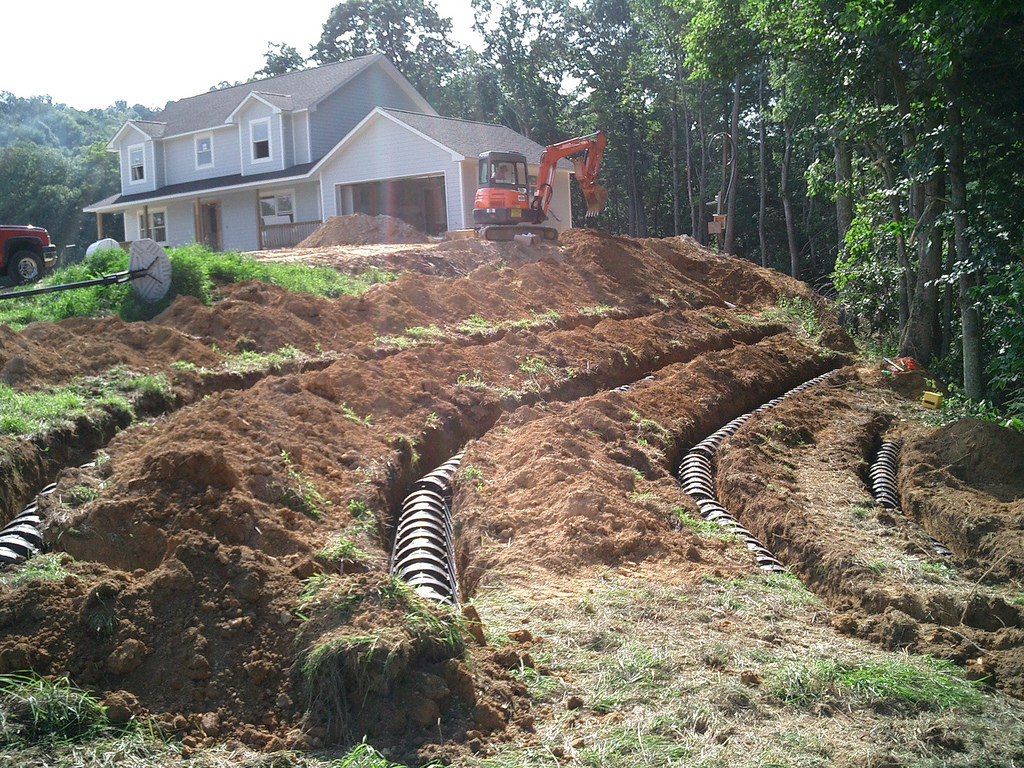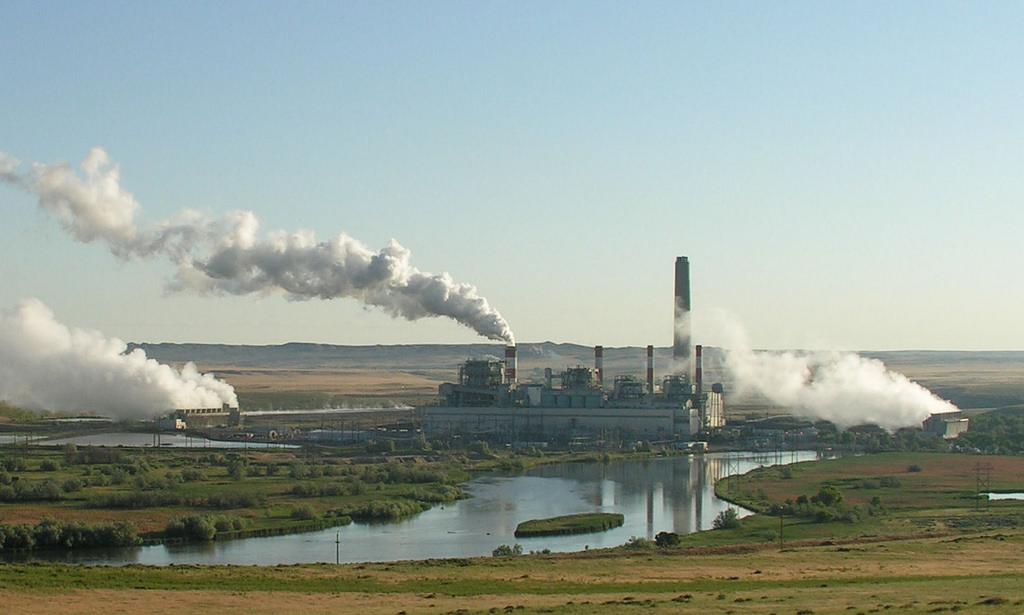Brownfields are blighted lands that have suffered environmental contamination, making it very difficult to redevelop them or make good use of them. Generally, they are previously used lands that have the presence or at least the potential presence of hazardous substances, pollutants, or other contaminants at levels exceeding health-based or environmental standards. There are nearly half a million brownfields in the U.S. that are ripe for repurposing.
One very attractive use for brownfields is to convert them to “brightfields,” which is the colloquial term for brownfields redeveloped into solar projects. Estimates are that nearly 200,000 U.S. brownfield sites are eligible for brightfield conversion, which could provide hundreds of gigawatts of energy production. Over 10,000 of these sites are inactive landfills, which alone could power 8 million homes. Many of these sites have sat unused for decades.
A recent success story took place in Old Bridge Township, New Jersey where an abandoned waste site – designated a Superfund site by the EPA for decades – has now become a solar project that will generate more than $1.2 million a year for the township and will provide reduced-cost electricity for 400 homes, half of which are low- and moderate-income residents.
The site was on the EPA list of Superfund National Priorities , meaning it was considered one of the most serious abandoned hazardous waste sites. Such sites required continuous monitoring, modifications, and cleanup.
Projects like the Old Bridge solar project are likely to become increasingly common in the future, as legacy liabilities can be turned into valuable assets.
**********
Web Links
How solar installations give new life to blighted brownfields
Photo, posted November 11, 2015, courtesy of Martin Malec via Flickr.
Earth Wise is a production of WAMC Northeast Public Radio







